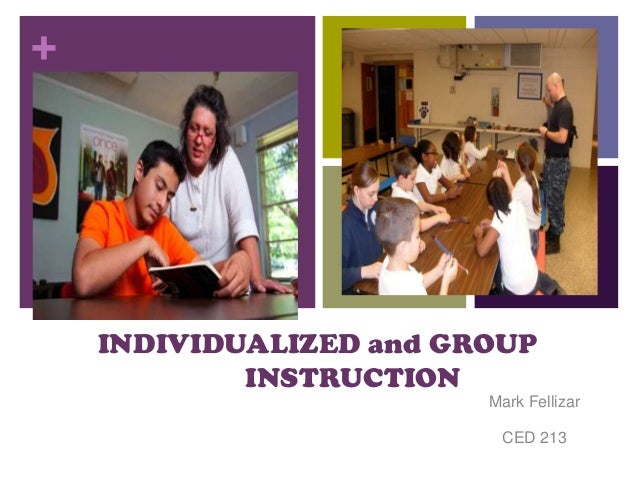Systematic Design Instruction Ebook3000
Sound Systems: Explicit, Systematic Phonics in Early Literacy Contexts By Anna Lyon, Paula Moore Publisher: Sten house Publi shers 2003 176 Pages ISBN: File type: PDF 1 mb How to teach phonics to young children is one of the most vexing and complex issues for early childhood educators today. Teachers know lockstep commercial phonics programs do not meet the needs of all children. Prins Afc Software V2k there. At the same time, teachers who avoid explicit instruction in phonics because they lack linguistic and assessment know-how cannot help students who may need the most support in understanding phonics.

If you are researching on special materials, please submit us an enquiry by this Contact Form. All items are fully downloadable with lifetime warranty.
Even teachers who are savvy about the latest research and methods for phonics instruction struggle to find time to add more to a full school day. Code Alarm Catx4 Manual. Here is a resource that strikes a balance between the rigidity of commercial programs and leaving phonics learning to chance. Sound Systems, by two educators with extensive experience as primary-grade teachers, merges a rich research base in developing phonics instruction with a wealth of practical materials, from assessment protocols to sample lessons.
Anna Lyon and Paula Moore share their expertise from decades of coaching teachers in classrooms throughout the country. Sound Systems is a resource for teachers who want to know not only why phonics instruction matters, but also information about how to design and use a systematic approach to phonics instruction. Sound systems by and for primary-grade teachers that take you step-by-step through the process of assessing students, analyzing phonetic skills, and tailoring instruction to individual, small-group, and whole-class needs. Building on a strong base of current research and developmental theory, Sound Systems provides practical teacher- and child-friendly assessment tools that capitalize on the reading and writing samples that many teachers already collect in early literacy contexts. Lyon and Moore describe how teachers can use running records of oral reading and writing samples to assess students' knowledge of phonics, and they provide additional assessment tools that teachers may use to gain additional information about children's phonics knowledge.
Sound Systems features separate sections on phonics instruction in pre-K, K, first-, and second-grade classrooms, detailing how instructional needs in phonics change over time as students acquire new skills throughout the primary years. The woods are thick with books, research reports, and mandates that emphasize the importance of teaching phonics well.
Yet few resources exist that show teachers how to design and use a systematic phonics program with young children. Sound Systems bridges the gap between the national battle cry for systematic phonics instruction and developmental research that supports individualized instruction geared to student needs.
Ebook Description A classic in the field, The Systematic Design of Instruction, 8/e presents a clear introduction to the fundamentals of instructional design-and the concepts and procedures necessary for analyzing, designing, developing, and evaluating instruction for all delivery formats. This is not a textbook to be memorized, but rather a learning-by-doing resource designed to help students create their own sound, effective instruction. In it readers learn a systematic, thoughtful, inquiry-based approach to creation, which in turn helps ensure the success of students in their charge. It features an intuitive chapter organization, an integrated model that presents research carefully illustrated with academic and business applications, contemporary design examples, sample rubrics and exercises, and annotated references. This new edition has retained the features that have been most popular and helpful in the previous editions, while adding new perspectives and features that keep the text current, including updated references and recommended readings; additional attention to important topics such as learning and portable digital devices; additional tables summarizing and organizing concepts; a serial case study example which applies the text's instructional design concepts; an additional case study in the Appendices; a plan with case study examples; and a helpful, easy-to-use Instructor's Manual.